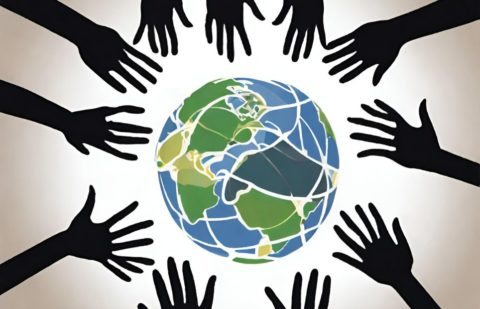Though thousands of natural languages are spoken throughout the world, constructed languages – also known as conlangs or artlangs – peacefully coexist (often in obscurity) alongside them. Unlike the natural evolution that led to the creation of most languages spoken today, a constructed language’s elements have been consciously formulated by one or more individuals. There are numerous reasons to devise an invented language including a desire to facilitate communication, linguistic experimentation, as a means to bring a fictional world to life, or for artistic expression.
Esperanto, arguably the most successful of all constructed languages, was invented in 1887 by linguist L. L. Zamenhof. Created with the admirable goal of having a universal language that would unite people regardless of their culture and native tongue, Esperanto claims a small but fiercely-devoted following. According to figures provided by Wikipedia, “Esperanto has between 100,000 and 2 million speakers in about 115 countries, and approximately one thousand native speakers, i.e. people who learned Esperanto as one of their native languages from their parents.” [1]
According to Arika Okrent, author of In the Land of Invented Languages, “We are in an era now where the majority of languages being invented are invented for artistic purposes alone. Not to heal the world, or cure language, but to express a personal idea of what a language could or might be.” [2] For example, Elvish from The Lord of the Rings trilogy and Klingon from the TV series Star Trek are well-known constructed languages that were born of artistic endeavors. The recent blockbuster film Avatar features an invented language called Na’vi, which was created as a reflection of the sci-fi world found in the movie.
Invented languages tend to be more of a western phenomenon, with the majority of the creators and invented language enthusiasts being found in the United States and Europe; however, there are a few constructed languages from non-western cultures including Emami’s City-Language (Iran), Igbinewka’s Guosa (Nigeria), and Morioka’s Baronh (Japan), but these are relatively unknown.
For some, constructed languages are slightly controversial. Some people argue against the invention of languages when there are so many natural languages near extinction. In addition, opponents argue that numerous dead languages exist that could be revived for use in literature or other artistic works.
[1] Wikipedia, Esperanto
[2] Schott’s Vocab Blog, The New York Times, Questions Answered: Invented Language







